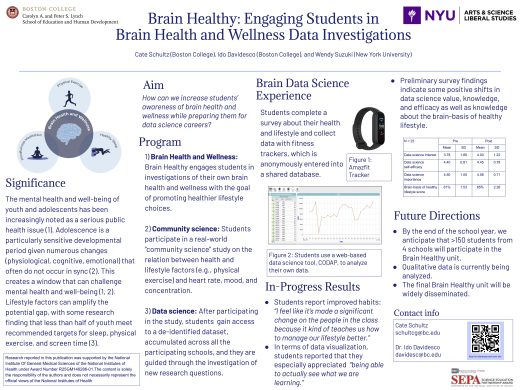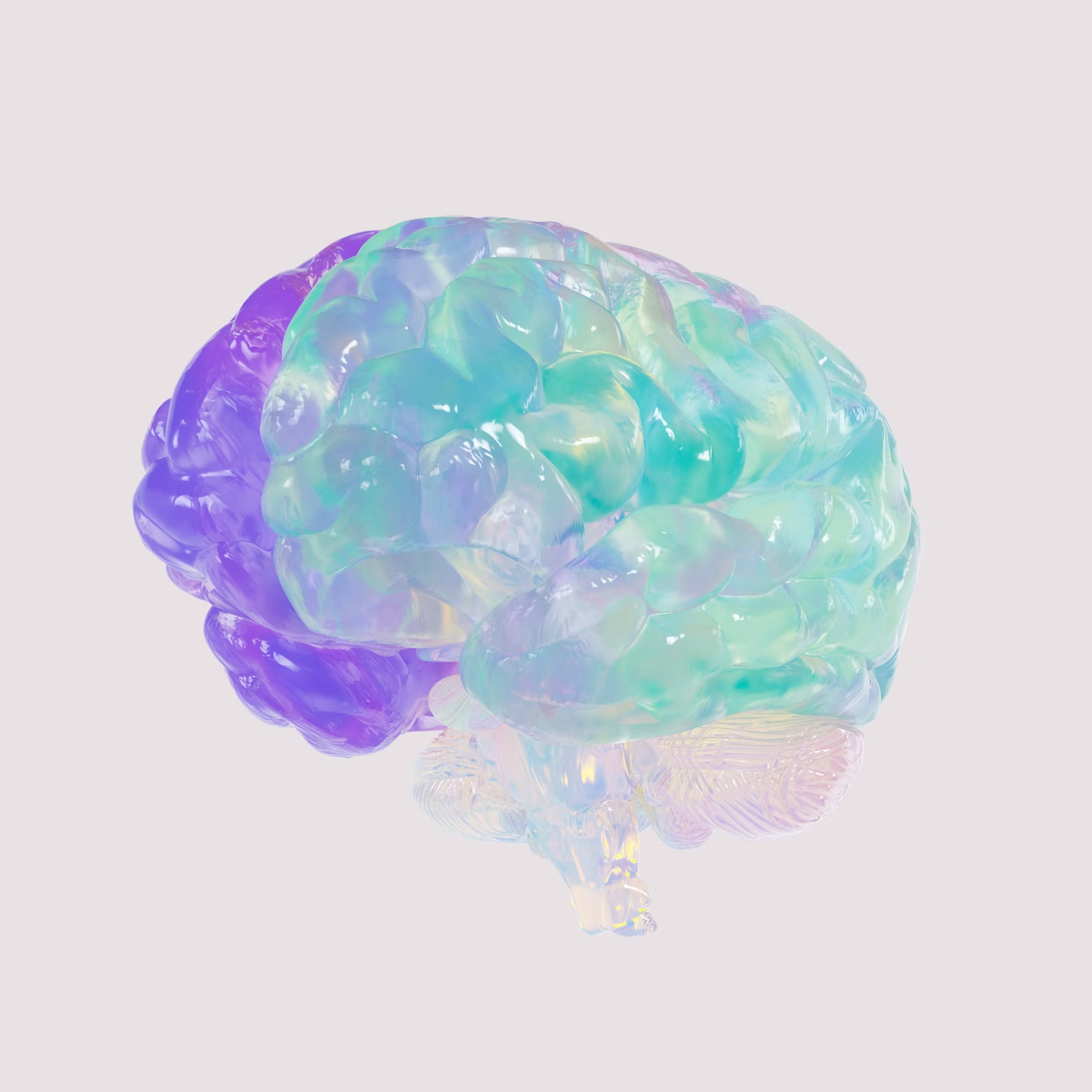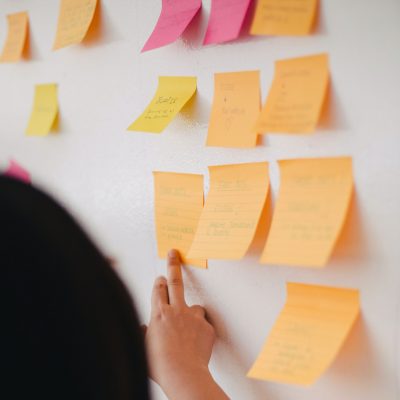Article
Cate’s Action Project addresses two urgent global challenges: climate change and the mental health crisis. Both affect young people deeply, yet students rarely get the chance to contribute to real solutions. Through community science, programs where students collect and analyze real data, Cate set out to empower students to see themselves not only as learners but as scientists shaping the future.
Her inspiration grew from her PhD research in Applied Developmental and Educational Psychology at Boston College and her work with the Brain Healthy program, where students track their own brain health through habits like exercise and sleep. Later, at the University of Copenhagen, she encountered DNA & liv, where students collected water samples to study biodiversity. Seeing parallels between the two, Cate launched a project to compare them and show how youth-led science can spark empowerment across cultures.
Project Development & Implementation
Cate began by designing a cross-cultural study with interviews focused on students’ identities as scientists and their sense of empowerment. With guidance from her mentors at Boston College and the University of Copenhagen, she refined her methodology, obtained approvals, and secured the permits needed for her international research.
Community science doesn’t just teach students data skills – it helps them see themselves as capable of solving real-world problems.
In Denmark, she joined DNA & liv students in the field and lab, observing their biodiversity research and conducting 24 interviews. Back in the U.S., she continued with students in the Brain Healthy program across New England. This dual focus – mental health in the U.S. and environmental health in Denmark – provided a rich comparison of how community science can build skills and agency while addressing global crises.
Impact Made and Lessons Learned
“Everyone plays a role and that can actually make a difference.”
The project reached more than 400 students directly, with another 800 family members indirectly impacted. For many, it was their first chance to participate in professional science. One Danish student shared: “We’ve never been involved with anyone else who actually does these things and is like, ‘right, join me and watch my process.’ Everyone plays a role and that can actually make a difference.”

This moment captured the project’s impact: community science doesn’t just generate useful data, it reshapes how students see their own potential. Cate also learned how vital it is to prepare for practical challenges, from work permits to research approvals. However, above all, she witnessed how much students value being trusted with meaningful work.
Next Steps
Cate is now continuing her research in the U.S., interviewing Brain Healthy students and preparing to publish findings for both scholars and the public. By demonstrating the effectiveness of community science across cultures, she hopes to inspire more investment in youth-centered research.
“When students are trusted as scientists, they don’t just learn science, they learn that they can change the world.”
Looking ahead, Cate is applying for grants to expand Brain Healthy into more schools, including middle schools and international settings. Her vision is a global network of community science programs where students address issues that matter to them: from biodiversity loss to brain health. She welcomes educators, researchers, and institutions to join the next wave of projects.
Updated August 2025




